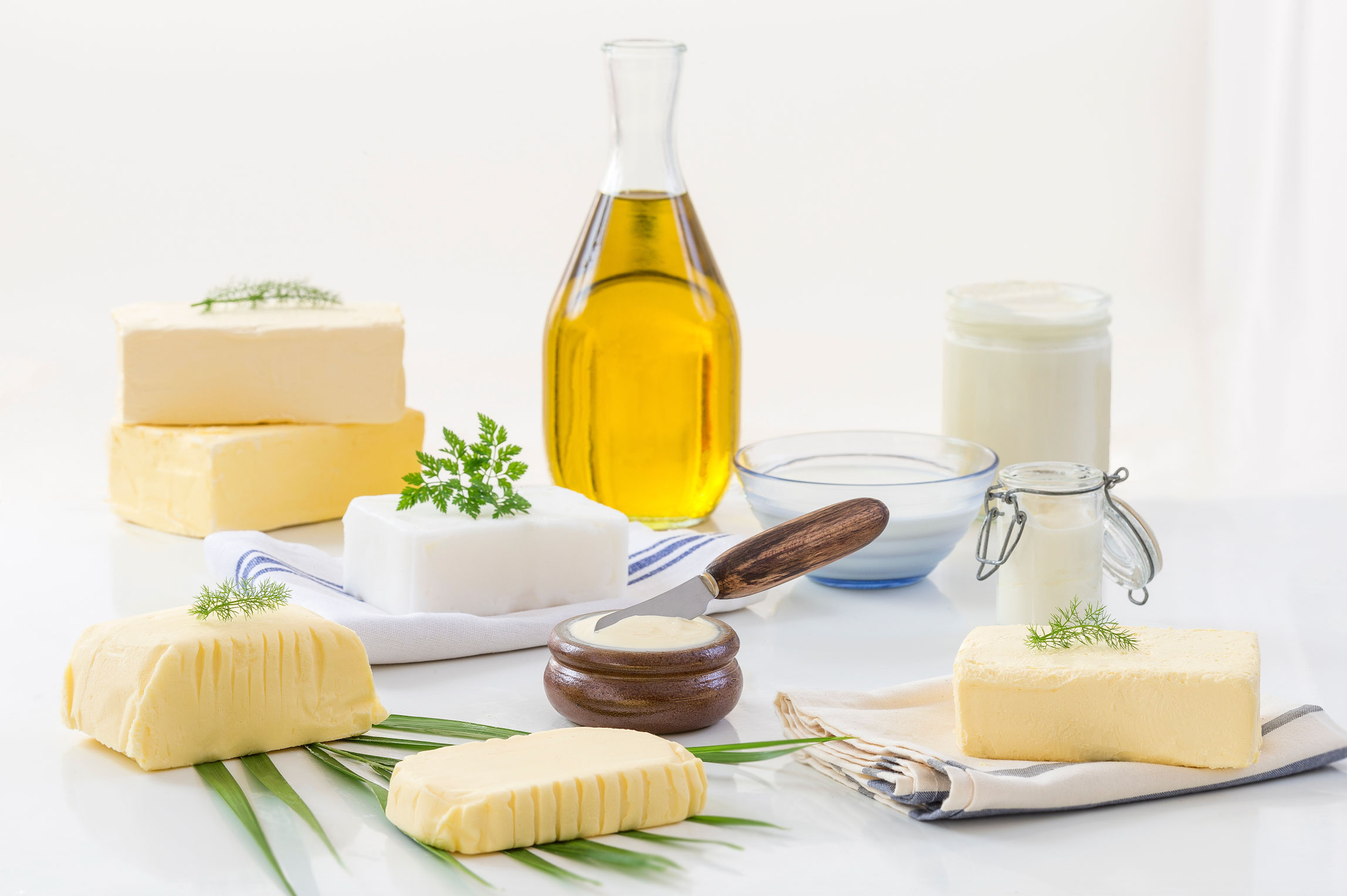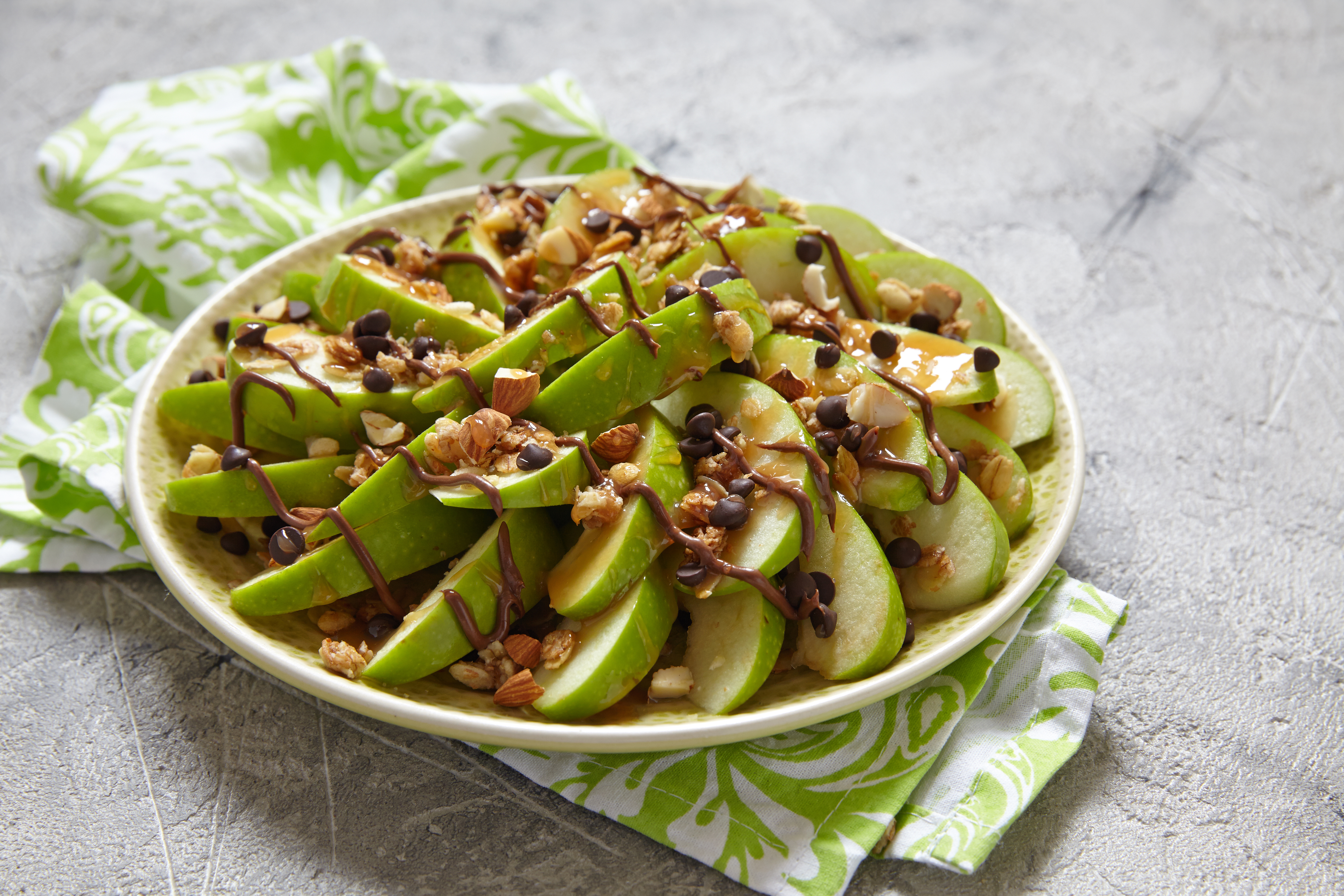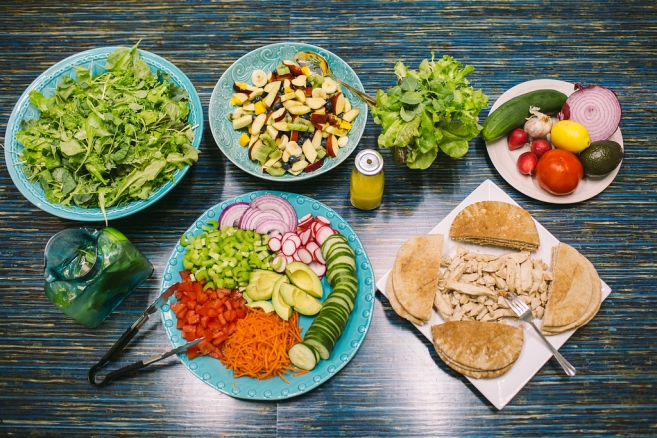Butternut Squash, among other root vegetables are in season this time of year. You can use ground turkey as specified, or add leftover Thanksgiving turkey at the end of the recipe. Try adding some radish as a garnish for an added crunch and a bit more spice.
Butternut Squash and Turkey Chili
Prep/Cook Time: 1 hour Serves: 6
Nutrition Information:
PER SERVING SIZE
Calories: 310 Protein: 22g Carbohydrates: 31g (Fiber: 10g) Fats:12
Ingredients:
- 3 teaspoons olive oil
- 1 pound 99 percent fat-free ground turkey
- 1 medium onion, diced
- 3 cloves garlic, minced
- 1/4 cup chili powder
- 1 tablespoon ground cumin
- 2 teaspoons ground coriander
- 3 tablespoons tomato paste
- Kosher salt
- 1 small butternut squash, peeled, seeded and cut into 1/2inch cubes (about 3 1/2 cups) **
- 4 ripe plum tomatoes, chopped
- Two 14-ounce cans black beans, drained and rinse
- 1/4 cup chia seeds
- Freshly ground black pepper
- 1/4 cup fresh cilantro leaves, chopped
- 1/4 cup reduced-fat sour cream
Instructions:
- Heat 1 1/2 teaspoons of the oil over medium-high heat in a large Dutch oven.
- Add the turkey and cook, breaking up chunks with the side of a wooden spoon, until browned, about 5 minutes. Push the turkey to the edges of the pan, leaving the middle empty.
- Reduce the heat to medium and add the remaining 1 1/2 teaspoons oil, then the onion and garlic to the center of the pan. Cook, stirring occasionally, until the vegetables start to soften, about 3 minutes.
- Add the chili powder, cumin and coriander and stir about 30 seconds.
- Add the tomato paste and 1 teaspoon salt and stir until the paste begins to darken in color, about 30 seconds.
- Add the squash**, tomatoes and 4 cups water, scraping the bottom of the pan to release any stuck bits.
- Bring to a simmer, adjust the heat and simmer, uncovered, until the chili has thickened and the squash is tender, 35 to 40 minutes.**
- Stir the beans and chia seeds into chili and heat through, about 5 minutes. Season with salt and pepper to taste.
- Spoon chili into bowls and top with cilantro and a dollop of sour cream.
**To decrease time of cooking- cook butternut squash in a microwave safe bowl with ½ inch of water covered in plastic wrap. Microwave 5-7 minutes until tender. Add squash to chili. You can also chop or pull leftover Thanksgiving turkey and add to finished chili until heated through.












 Sara Glenn is the Director of Strategic Development of Healthy Living Innovations: Nutrition & Obesity for the YMCA of Florida’s First Coast and leads the Y’s nutritional services, including the vertical garden initiative, SEEDifferently.
Sara Glenn is the Director of Strategic Development of Healthy Living Innovations: Nutrition & Obesity for the YMCA of Florida’s First Coast and leads the Y’s nutritional services, including the vertical garden initiative, SEEDifferently.